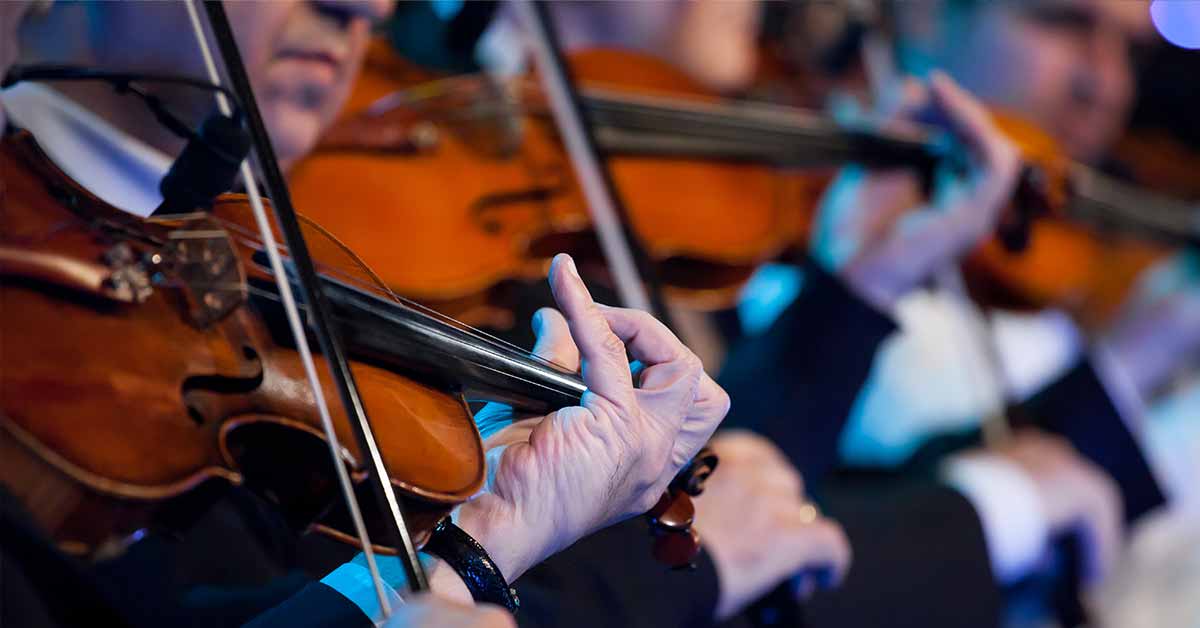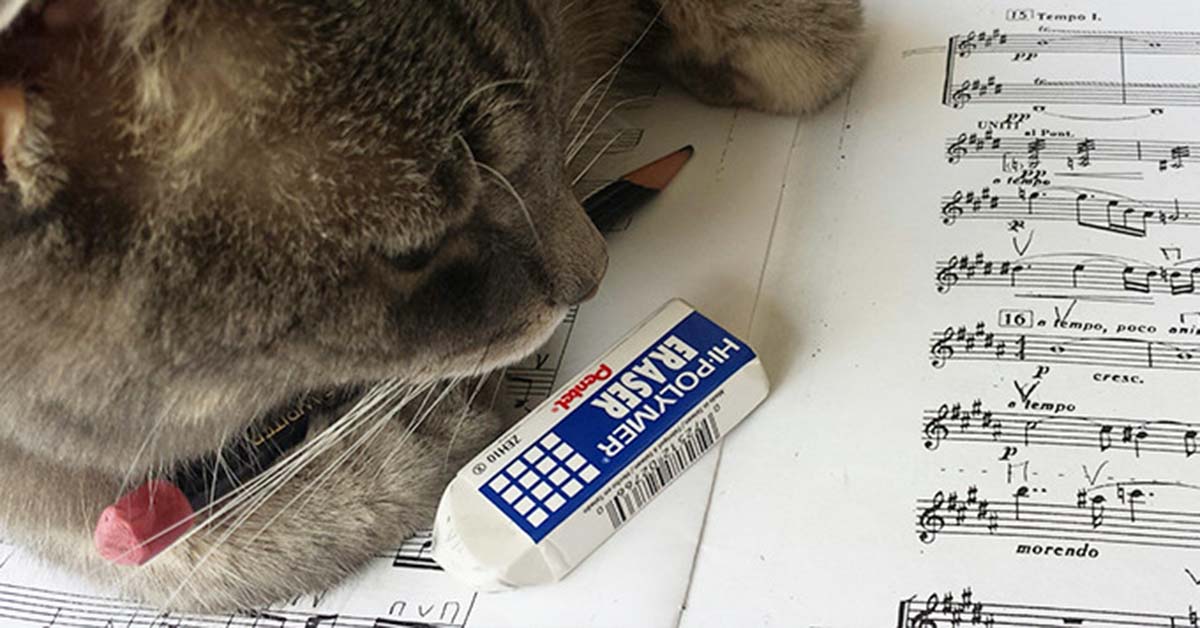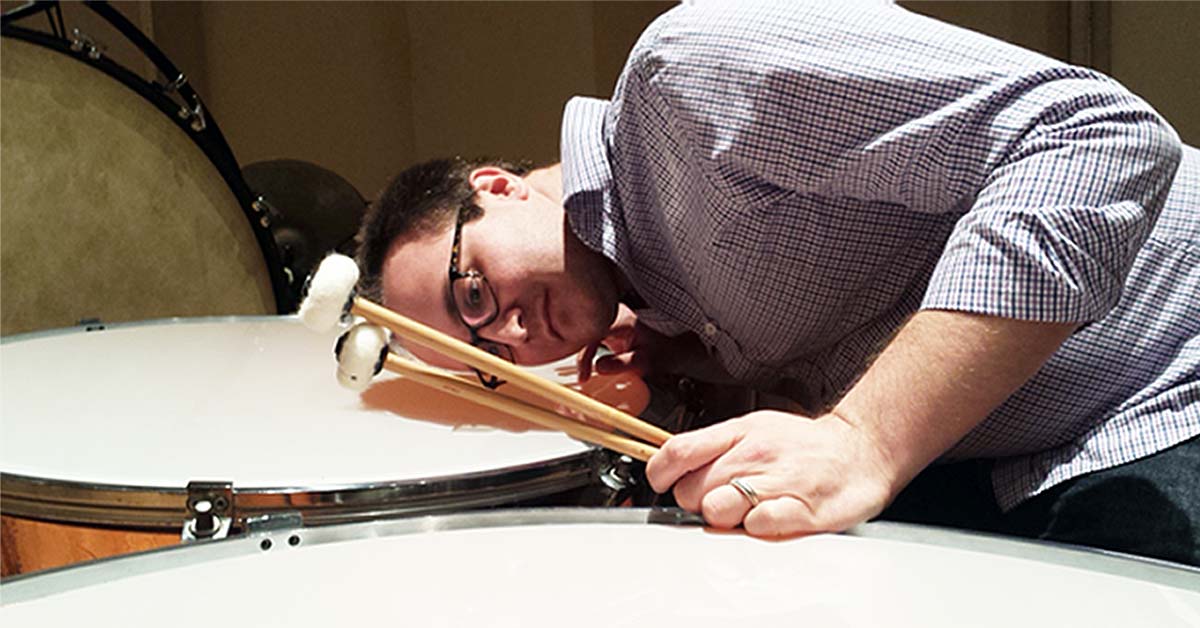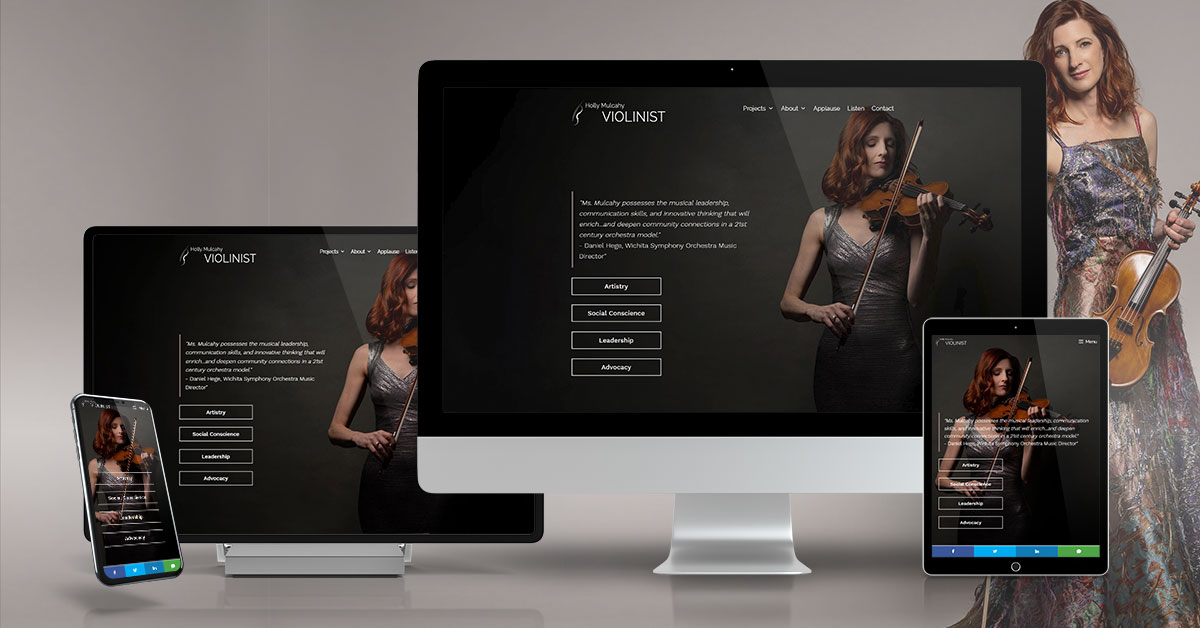As the classical music business continues to work toward reversing the overall decline in attendance one of the issues many overlook is the impact concert length may have on audience development and retention. Nevertheless, it may be just the right time to re-examine whether or not the “tried-and-true” concert length of two hours plus intermission is something that should remain a business standard.
How Do Orchestras Determine Concert Length?
Programming decisions are influenced by two primary points of input: conductors and artistic administrators. The two groups work together to determine programming for any given concert. Usually, there is give and take on both sides with regard to performance cost issues such as rehearsal time, extra players, music rental, etc. in order to come up with final programming selections.
However, both groups are naturally predisposed toward the two hour concert length. Conductors want as much time in front of an audience as possible to show off what they can do and there’s a strong point of view among artistic administrators that anything less than two hours will cause veteran patrons to feel like they “aren’t getting their money’s worth”.
There are historical considerations as well. Traditional concert formulas follow a simple pattern: overture – concerto – intermission – symphony. Exceptions to this rule are when orchestras perform exceptionally long works such as Mahler Symphony No. 5, which has an approximate running time of 70 minutes. In these cases where the main selection is so long, most conductors still program one or two shorter works at the front of the concert.
Another factor that has somewhat of an influence on capping concert length is the collective bargaining agreements between orchestra musicians and their managers. The majority of those agreements usually have some sort of language which stipulates how long the musicians can spend on stage during a performance before they begin to accrue overtime pay.
As such, if an orchestra is finding itself in a period of greater economic stress, they will be more diligent in programming concerts which get the musicians off the stage before those overtime payments take effect. In fact, some orchestras even limit the number of curtain calls a soloist or conductor can take since many collective bargaining agreements specify that any time musicians are required to spend on stage contributes to the official length of a concert (can you imagine the players leaving while the conductor comes out for a fourth curtain call?)
Two Hours Is Rarely 120 Minutes Long
Although the actual performance of music on an average concert might come in around 100 minutes, most concerts include an intermission, which rarely lasts less than 15 minutes. Add to that, the deplorable habit of concerts beginning five to ten minutes late as well as the entrance and egress time to and from your car and the actual time spent in the concert hall easily approaches two-and-a-half hours. Moreover, include the time it takes concert-goes to travel to and from the concert venue and evening out to an average orchestra concert can range anywhere from 2:45 to 3:30 hours.
Most experienced concert-goers understand that an 8:00 p.m. start time will usually get most them home sometime close to 11:00 p.m.; simply put, this is something to be expected. However, to novice concert-goers that are accustomed to live entertainment events, this may seem like an excessive amount of time to spend on an activity they are considering to become a regularly reoccurring event.
Theme And Variations
Although orchestras have always offered matinee times, which typically begin in the early to mid afternoon, some organizations have started to become more adventurous when establishing a concert’s starting time. For example, in attempts to attract increased numbers of concert-goers that live in the suburbs but work in downtown locations, some orchestras are offering evening concerts with starting times as early as 6:00 p.m. Other organizations have begun offering two matinee times in a three concert performance series.
Nevertheless, those experiments haven’t had much impact on the traditional concert length formula; instead, they have just played around with getting people home earlier.
In attempts to make concerts more inviting to concert-goers that are inexperienced with listening to classical music many conductors and/or performers are taking the time to talk directly to the entire audience immediately preceding a work’s performance.
As this trend grows, so does the length of time people talk. I attended a concert this summer that had 23 minutes of talking before anyone played a note of music although the actual length of the concert was no shorter than usual. At one point, I was beginning to wonder if I had mistakenly stumbled into an academic lecture.
There are a few attempts among some orchestras to play around with shorter concert lengths in an effort to increase the amount of time concert-goers spend in face-to-face contact with performers. In Dallas, they ran a series of 90 minute, no intermission programs that started in the late afternoon or early evening and encouraged the musicians to mingle with patrons after the concert was over by offering something like drink vouchers. According to a DSO musician I spoke with, their artistic administrators eventually decided to eliminate that concert series although the same musician said they noticed a very positive effect in the connection patrons created with the ensemble.
Now What?
On one hand, the argument that veteran patrons might feel “cheated” if they don’t get two full hours of music is a valid point. The average classical music patron is unaccustomed to change and orchestras typically receive negative feedback from long time concert-goers (or worse, donors) when they introduce significant changes to the concert formula.
On the other hand, the longer lengths of time required to invest in a concert experience is prohibitive to the TiVo inspired generation of new concert-goers that are accustomed to shorter, controllable entertainment segments, such as 30 and 60 minute television programs. Even expanding movie lengths are shorter than similar length orchestra concerts because cinemas abandoned the practice of intermissions long ago.
Regardless, unless classical music wants to continue along the path of declining audience numbers, it will have to begin experimenting with the concert format. 60 and 90 minute concerts without intermission that begin anywhere from 6:00 p.m. through 10:00 p.m. to entice everyone from early birds to night owls might be just what the business needs.
Everyone knows the adage that American audiences will give just about any performance a standing ovation. But if you think about it, perhaps the only reason they’re so eager to get out of their seats because their butts are asleep.










